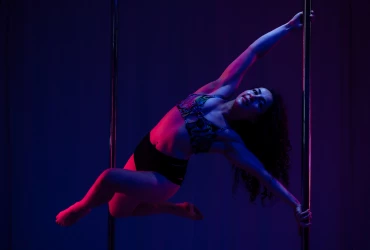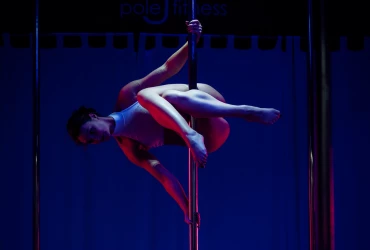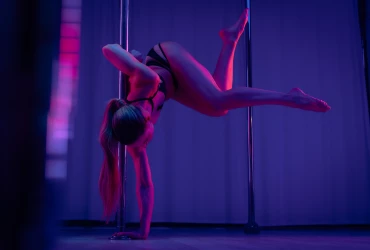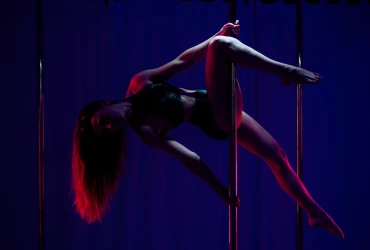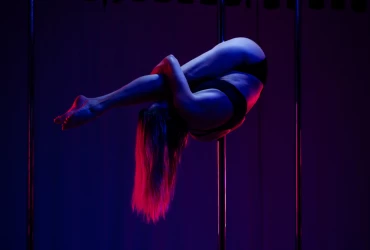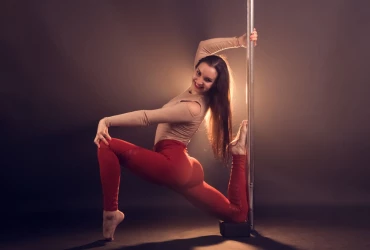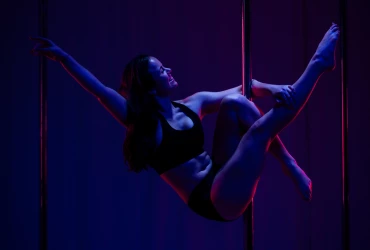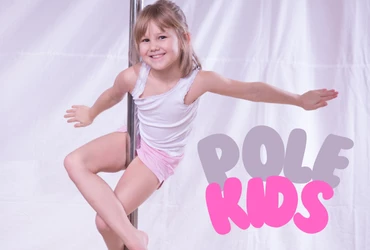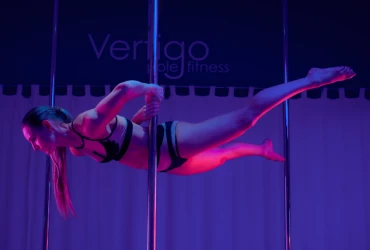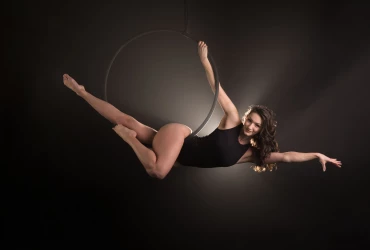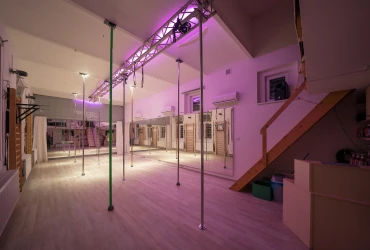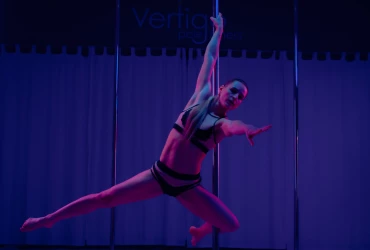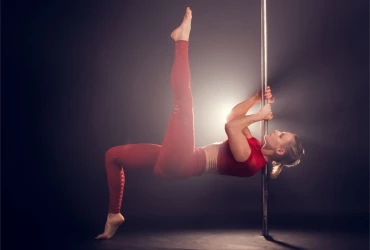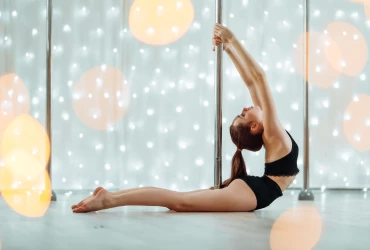With a little exaggeration there can be said that the pole fitness isn´t really any news. It comes out from very old gymnastic sports. It combines climbing on the mast (predecessor of the climbing onto the rod and rope), elements of Chinese circus and Indian fitness art called mallakhambha.

Chinese circus is a combination of climbing, demanding static poses and acrobatic elements on long steel poles. For performance there are often used several poles and artists skip, or even "turn a somersault" from one pole to another.
Mallakhambha is the Indian training program, which became later a preparation for wrestling. It works with own weight of the person when the body almost permanently rotates, so it comes about a development of the whole body. Exercise is done on a wooden stake.
The beginnings of pole dance are described by a number of stories from all over the world.
Africa: this really "great-pole dance" was operated by African indigenous tribes. Engaged women were provocatively dancing around a wooden totem (penis-shaped) to show their upcoming men how much they want to love with them.
Sumerian Empire: love goddess Inanna came down into the underworld to find her lover Damouz. She had to go through seven gates and at every gate she took of one veil and jewellery. When she was going through the hell, the soil was during this period barren, but when she came back, soil spawned as ever.
Another conjecture about the beginnings of pole dance is associated with a Maypole (May decorative pole), which were used during pagan rituals (12th century), when it was danced around it. Similarly, here is repeated symbol of harvest and fertility too. Piquancy of this ritual was the fact that it included the sexual orgies - lovers were encouraged to run sex in public.
"Modern History" of pole dance describes the situation in the US since the Great Depression 20s of the 20th century. At this time there were hold traveling fairs, which were built as a small settlement of tents. In one of this tent there was the stage and girls danced provocatively around a pole in the middle of the tent. They were called as "Hoochie Coochie" dancers and their popularity grew wildly.
The final form of pole dance as we know it today, comes from Canada (80s of last century), where the dancers concentrated in strip bars and clubs.
In the world of "pole" there we can meet with the term Art of pole that was not determined till now and on the basis of viewed videos under this name there can be assumed that it is a combination of pole dance and pole fitness. On the Internet there you meet with dancers that will be more profile to pole dance and others to pole fitness. Probably the most famous representative art of pole is Australian star Jamilla Deville - her videos are typical examples of both of these profiles.
Future of pole dance & fitness
Boom of this sports sector is really big. The number of enthusiasts who seek to master arts of dance / pole fitness continues rises.
POLE DANCE at the Olympics games?
|
A lot of people are still looking down their nose at pole dance and the first thing that equips when they hear about this sport, is strip bar and naughty maidens. But the community around pole dance & fitness made a big leap. It´s story was created so that women installed their own pole at home for fun. But they became addicted to this exercise that interest was quickly spread among the public and began to arise a study, there were organized the amateur competitions and ultimately international competitions, which has intensified effort to move this sport further. The idea to enforce pole dance at the Olympics games caused a hot debate and underscored the seriousness of pole dance as a sport. One of the first World Champions - Japanese Mai Sato (Tokyo, 2010), trains 5 times per week for 5 hours and confirms that training is very demanding – outside of the perfect mastering of the gymnastics techniques it requires excellent power and endurance physical condition. Pole instructors agree unanimously that pole dance & fitness should become a respected sport like for example skateboarding, which also wasn´t initially token seriously. The main task of the pole community is to remove the immorality image from the pole dance, which is a major obstacle for inclusion as an official sport. |


